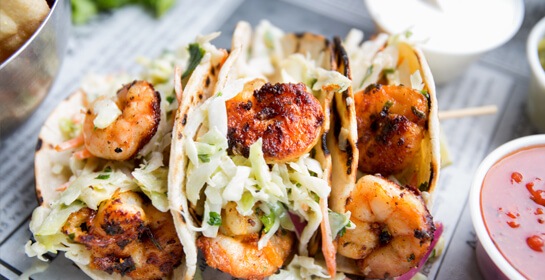Which cuisine is king?
While that’s a debate that will never be settled, trends indicate that ethnic dishes are being replaced by more “worldly” flavors from smaller, regional cuisines. Asian has morphed into Korean, Vietnamese and Filipino; Mexican has evolved to include countries in Central and South America; and Italian has branched out into Mediterranean, Turkish and Israeli.
One unique regional cuisine example is Zhug. From the Middle East, it is probably one of the hottest (trend-wise) sauces around. Delivering a spicy kick, it is well-rounded due to the herbs that are also part of the recipe. It’s incredibly versatile and can be used as a spread on sandwiches, but also works well with all types of meats.
Another example is Ssam sauce. A fairly simple sauce – just ssamjang (a thick, spicy paste), gochujang (red chili paste), vinegar and oil – Ssam sauce is incredibly rich in flavor. It has been around for a while, but we expect it to enjoy a resurgence because of the continued popularity of Korean food and fermentation flavors.
“Members of Gen Z are much more adventurous in their choices and crave uniqueness, which is going to lead to a larger push for fusion across all cuisine types,” says Trevor Williams, Corporate Chef at Sensient Flavors. “Why not create a burrito made from Middle Eastern seasoned meat, with Korean pickled vegetables and a pepper sauce from South America?”
